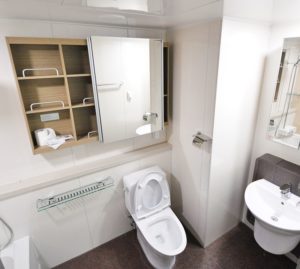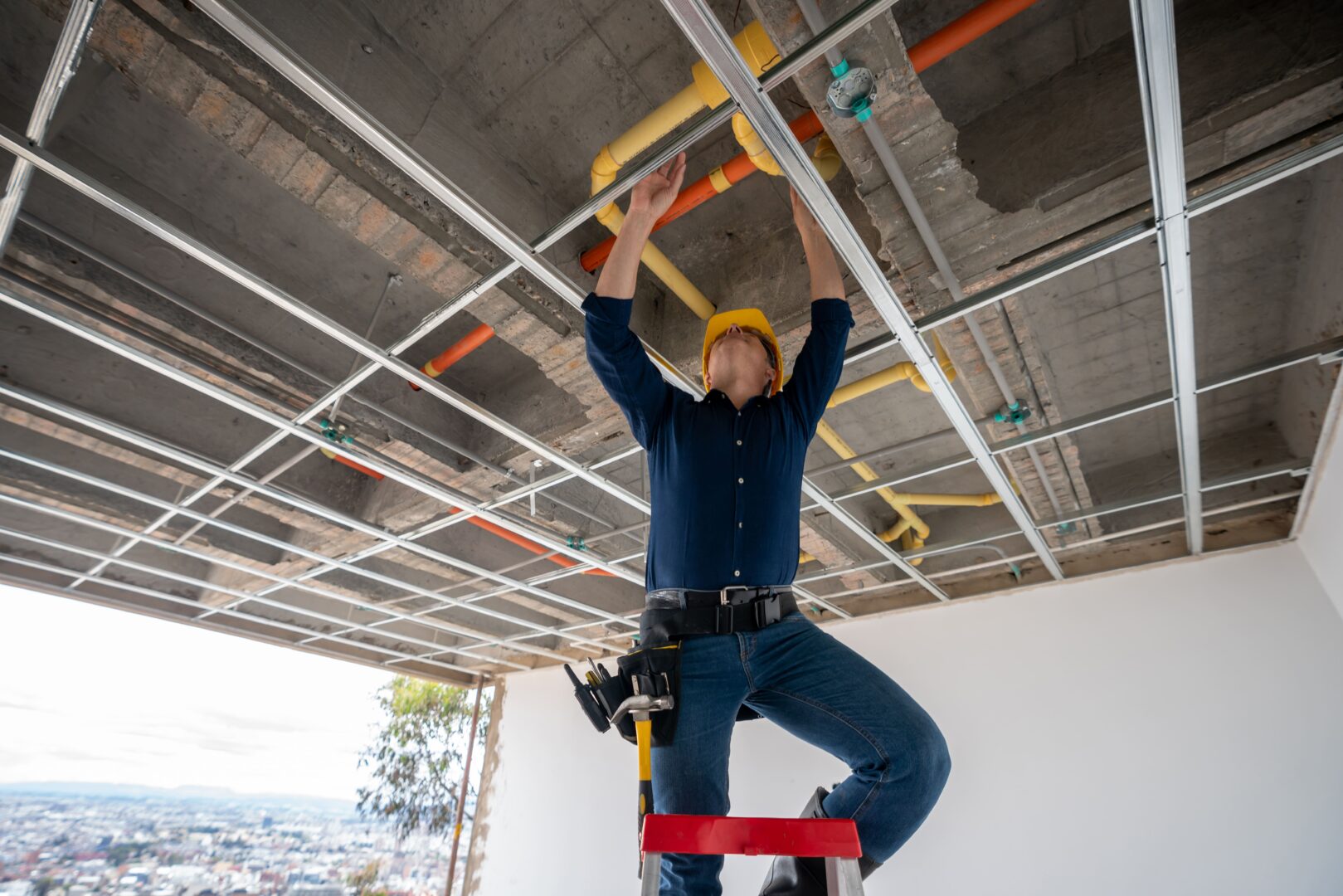When you see the words “accessible toilet” you may think of a tall, “ADA” style toilet. Truthfully, any toilet can be an accessible toilet because accessibility means something different for everyone. This post will go through what specific needs you may have, and how the style of the toilet in your bathrooms can better accommodate them.

Floor Space
One of the top concerns when creating an accessible bathroom is leaving enough floor space for those that need to use it. This is why accessible stalls in public restrooms are so much larger than the rest. There needs to be room for those that use mobility aids and move in all different ways. As far as toilets go, the standard two-piece design takes up the most floor space of all the options out there, especially in a small bathroom. You may also consider a back-to-wall toilet, which are much different because their tanks are concealed inside of the wall behind the bowl. A toilet like this can reveal up to a foot of floor space.
Toilet Height & Installation
Comfort height toilets are built and installed similar to two-piece toilets. Where a standard toilet would rise to about 16 inches high, comfort height is 17-19 inches. Those few inches can make a big difference; allowing those in wheelchairs to make a smooth transition to their toilet, or offering more leverage to those who have trouble sitting and standing. Like we mentioned above these designs can take up a lot of floor space, which is why you might also consider a wall-mounted toilet. These toilets have no pedestal because the bowl, tank, and plumbing are specially affixed to the wall at the height most accessible for its users.
Unfortunately, toilet designs that mount to the wall are much more expensive on average than those with pedestal bases. This can put them out of reach for those that need them most. If this is the case in your home, consider calling a local plumber to see if they have options for making these more financially accessible.
Accessible Flush Controls
The placement and mechanism for the flusher is important to keep in mind for those who experience pain, tremors, stiffness, or some other challenge with their hands. The style of flusher needs to be considered prior to selecting a toilet, as this system can’t be modified. Levers and buttons are the most common ones on the market, but you can also find toilets with pedals or sensors for even better ease-of-use.
Get in Touch With B&D Today!
Dealing with any plumbing concerns that require a professional to step in? Struggling with an absolute plumbing emergency that can’t wait? Let B&D Plumbing know. B&D Plumbing Inc. services the greater Washington D.C. metropolitan area, including Maryland and Northern Virginia. Get in touch with us by calling (301) 595-1141 or follow us on social media including Facebook, Twitter, Google+, LinkedIn, and Pinterest. As a small, family-owned business, we understand how important your home is—and we offer exceptional service that matches!

